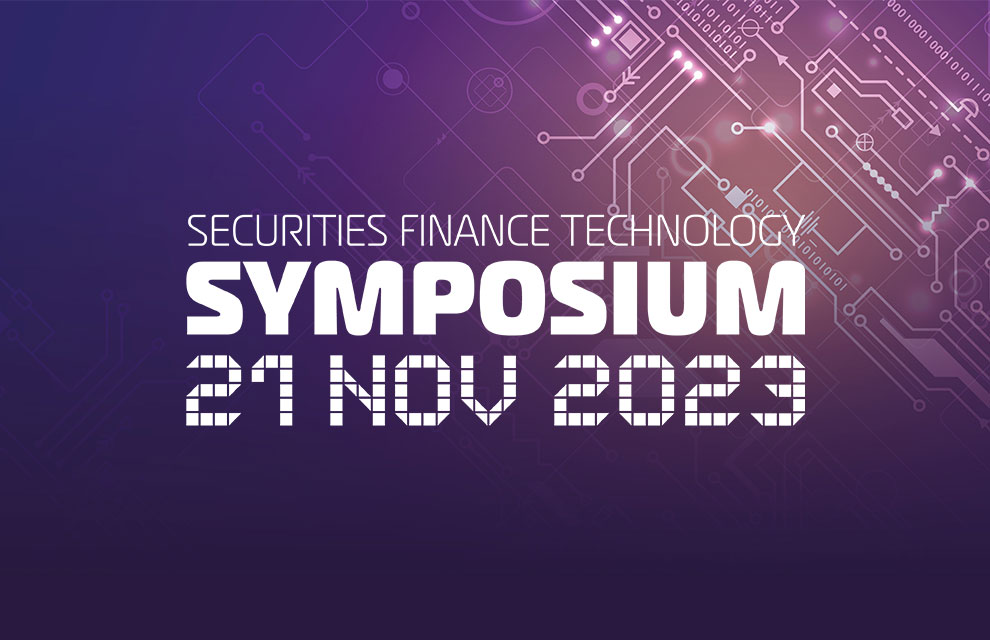Broadridge’s Securities Finance and Collateral Management (SFCM) FastStart program is helping clients navigate the securities finance market which is in a “state of flux”, according to Paul Wilson, Broadridge’s SFCM sales director.
In this environment, the main goals for clients are to ensure securities finance is a profitable business, while reducing costs and risk.
The challenges in meeting these goals can be put down to a number of factors. The first of these for many participants is the relentless march of regulations: the Securities Financing Transactions Regulation (SFTR), the Central Securities Depositories Regulation, the Uncleared Margin Rules, the second Markets in Financial Instruments Directive, as well as sustainability regulations.
As new venues, new technology firms and new ways to trade emerge, Wilson says there is a commoditization across the market, which has brought about a technology-reliant landscape.
“This doesn’t lend itself well to firms reliant on legacy technology, which are expensive to maintain and in some cases are simply unfit for the current landscape. Meanwhile, some of the newer market entrants are more capable of being fintech-like, causing challenges for the more traditional market participants,” Wilson comments.
In response to these clear market needs, Broadridge launched a new FastStart version of its SFCM platform. This allows users to utilise Broadridge’s modular suite of SecFin tools across lending, repo or collateral trading and operations.
Wilson says the platform creates an environment for trading and managing securities finance operations in a way that is simplified, streamlined, and efficient.
The cloud-based enterprise platform has a built-in regulation and market change program, with flexible technology that accelerates time-to-value.
The platform allows clients to define their model, pick their modules to suit their needs (such as securities lending, repo or collateral management, or a combination), and then define their straight through processing (STP) workflows.
“Initially we considered a zero-STP model — clients could handle data via our innovative user interface, the aim being to keep initial start-up costs as low as possible. However, given feedback regarding the value of the right levels of STP, clients have largely chosen the option to use Broadridge’s gateways to connect SFCM to their systems and third party services from the get-go, so we adapted our FastStart model to cater for this.”
According to Wilson, the biggest desire from clients was to have straight through off-the-shelf connectivity not just with their own platforms, but also with market third party platforms, vendors and trading environments.
Wilson highlights a number of fundamental differences between a traditional model of providing a system to people and SFCM FastStart. He says FastStart is faster; it is a tested, repeatable four- to seven- week process from signature to day one value-add.
It is also a fully hosted US and EU private cloud managed service, which Wilson states is hassle-free and InfoSec-ready. As well as this, Wilson says the platform is innovative, driven by a more componentized model — paying only for what you need and use.
For these reasons, it is also comparatively inexpensive by a considerable margin with a very “definable cost structure”.
“The proof is in the pudding: Broadridge is signing a FastStart client per month, with an order book continuing into 2022,” Wilson affirms.
Discussing the clients who are signing up to the platform, Wilson says there are several types of SecFin Participants, across Europe and Asia, attracted to SFCM FastStart, such as Mini Primes, attracted by low start-up costs, expert partner support, and access to the full range of asset classes.
The next group are lenders (under agents) looking for SFTR support and innovative solutions to solve issues pertaining to their complex sub-client landscape with its new SFTR and triparty challenges.
“This was really about creating STP for very specific problem areas. It also had a knock-on effect — improving the lives of the lenders’ agents as well by enhancing the STP up to them as well,” Wilson comments.
Self-directed lenders have also signed up to the platform. These clients wanted a close fit to a specific model for retail and institutional clients.
Meanwhile, banks seeking a competitive edge in their markets have begun to choose FastStart over traditional historic vendors due to the right combination of function, price and technology.
Wilson adds that banks in local domestic markets, particularly in Asia, looking to expand into alternative asset classes are also attracted to the platform due to its low-cost ability to expand rapidly with minimal disruption.

.jpg)


